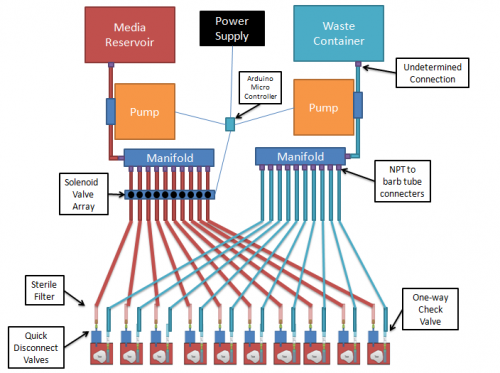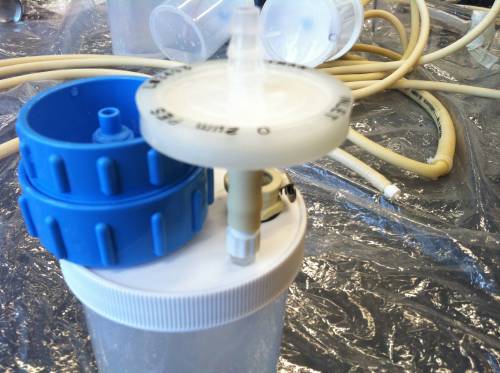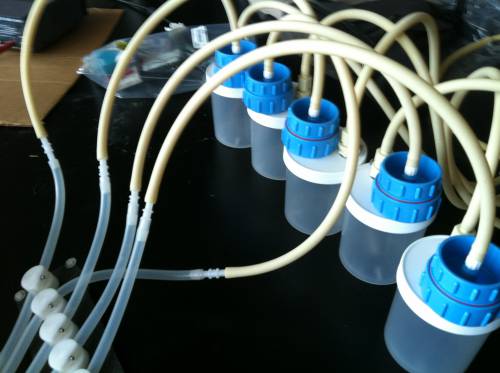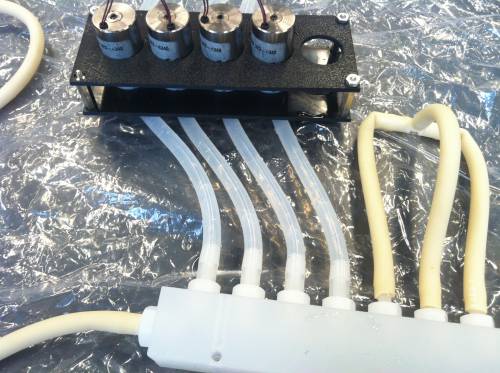Project Members
Name: Jae Sung Song / David Chen / Nathaniel Steven
Mentor: Professor Lima
Problem Statement
Each year, over 1.5 million people in the U.S. are in need of tissue transplant. According to the New York Organ Donor Network, about eighteen people die every day waiting for organ transplants in the U.S. and only one person is added to the waiting list every ten minutes. Only a small faction of people in need of new organ receive successful transplant because many organs are often contaminated or damaged during the transportation or the preservation process due to exposure to contaminated air and extreme temperature.
Currently, tissues are frozen at very low temperature for storage and transportation. However, such method greatly lowers viability of organs, further reducing the chances of successful transplant. Therefore the new method of preservation must be carried out at room temperature or body temperature.
We plan to redesign an existing allograft preservation chamber to solve these problems. Our new design will provide greater protection for the tissue while maintaining sterility for prolonged period of time. Our improved design will keep tissues securely isolated from outside environment in order to minimize contamination. Furthermore, new chamber will allow fluid media to be constantly exchanged without complete exposure of tissues. The new design will also have mechanisms to indicate numerous failures such as freezing and contamination in order to make sure millions of people receive only healthy and viable organs.





